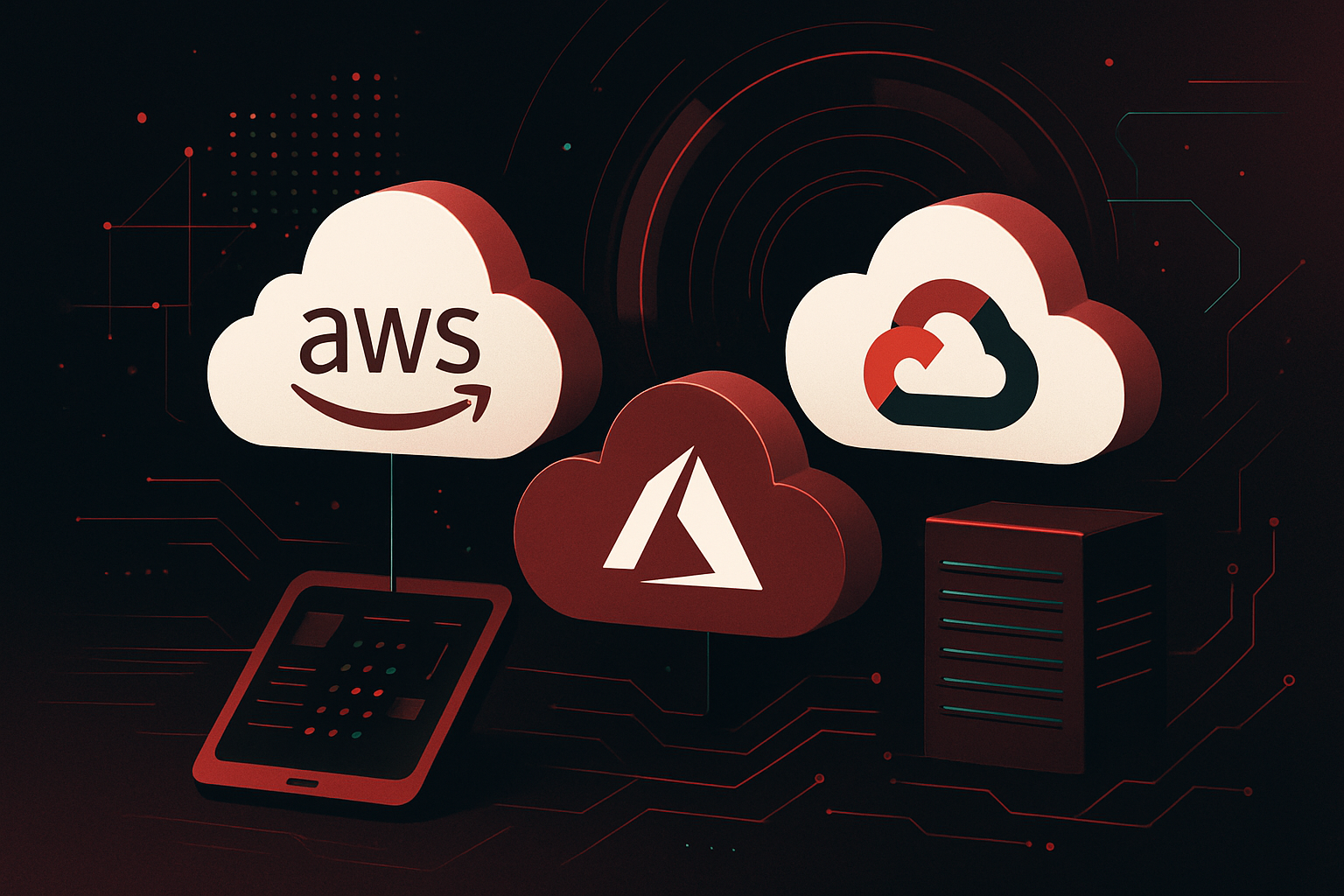Training Your Own AI Chatbot with Open-Source Tools

Choosing the Right Open-Source Framework
| Framework | Language | Model Architecture | Key Features | Community Support |
|---|---|---|---|---|
| Rasa | Python | Customizable, modular | NLU, Dialogue Management | Strong |
| Botpress | JavaScript | Modular, visual flows | GUI, integrations | Growing |
| ChatterBot | Python | ML-based, simple | Prebuilt trainers | Moderate |
| DeepPavlov | Python | Transformer & seq2seq | Multi-domain support | Active |
| Haystack | Python | Retriever-Generator | Document QA, RAG | Active |
Preparing Your Data
1. Define the Scope and Intents
List out user intents (e.g., greeting, FAQ, booking, etc.) and sample utterances for each.
Example:
intents:
- greet
- book_flight
- faq_hours
2. Collect and Structure Training Data
For frameworks like Rasa, use YAML or Markdown formats.
Example (Rasa NLU format):
nlu:
- intent: greet
examples: |
- hello
- hi there
- good morning
- intent: book_flight
examples: |
- I want to book a flight
- Book a flight to Paris
- Can you help me book a ticket?
3. Annotate Entities
Mark important entities such as dates, locations, or names.
Example:
- intent: book_flight
examples: |
- Book a flight to [Paris](destination)
- I need a ticket to [New York](destination)
Setting Up the Environment
1. Install Prerequisites
– Python 3.8+
– pip
– (Optional) GPU drivers for deep learning models
2. Install Framework (Example: Rasa)
python3 -m venv chatbot_env
source chatbot_env/bin/activate
pip install rasa
Training the Model
Rasa Example:
rasa init
# or if you have your own data
rasa train
Botpress Example:
– Download Botpress from https://botpress.com/download
– Run ./bp or bp.exe in the extracted folder
– Access the admin panel at http://localhost:3000
Building Dialogue Logic
Rasa (Stories):
stories:
- story: book flight path
steps:
- intent: greet
- action: utter_greet
- intent: book_flight
- action: flight_form
- action: utter_confirm_booking
Botpress (Visual Flow):
– Use the GUI to create nodes and transitions
– Connect user intents to actions and responses
Integrating with External APIs
Example: Fetching Flight Data in Rasa
# actions/actions.py
from rasa_sdk import Action, Tracker
from rasa_sdk.executor import CollectingDispatcher
import requests
class ActionSearchFlights(Action):
def name(self):
return "action_search_flights"
def run(self, dispatcher, tracker, domain):
destination = tracker.get_slot("destination")
# Call external API
response = requests.get(f"https://api.example.com/flights?dest={destination}")
flights = response.json()
dispatcher.utter_message(text=f"Found {len(flights)} flights to {destination}")
return []
- Add this action to
domain.ymland updatestories.ymlaccordingly.
Testing and Improving Your Chatbot
1. Interactive Testing (Rasa)
rasa shell
- Engage with the bot and review responses.
2. Evaluation
rasa test nlu
- Examine precision, recall, and F1-score.
3. Iterative Improvement
– Expand training data with real user conversations.
– Refine intents and entity definitions.
– Retrain and redeploy as needed.
Deploying the Chatbot
| Deployment Method | Use Case | Example Tool/Platform |
|---|---|---|
| Local Server | Testing, development | Flask, FastAPI, Express.js |
| Docker Container | Production, scaling | Docker Compose, Kubernetes |
| Cloud Service | Scalability, reliability | AWS, GCP, Azure |
Docker Example (Rasa):
FROM rasa/rasa:latest
COPY . /app
WORKDIR /app
RUN rasa train
CMD ["rasa", "run", "--enable-api", "--cors", "*", "--debug"]
Exposing Endpoints:
– RESTful endpoint: /webhooks/rest/webhook
– Integrate with platforms: Slack, Facebook Messenger, Telegram (via connectors)
Security and Privacy Considerations
- Sanitize and anonymize user data in logs.
- Implement authentication for admin endpoints.
- Use HTTPS in production deployments.
- Regularly update dependencies to patch vulnerabilities.
Summary Table: Key Steps and Tools
| Step | Tool/Component | Example Command/File |
|---|---|---|
| Data Preparation | YAML/Markdown | data/nlu.yml |
| Model Training | Rasa CLI | rasa train |
| Dialogue Management | Stories, Flows | data/stories.yml (Rasa), GUI |
| API Integration | Custom Actions | actions/actions.py |
| Testing | Rasa Shell | rasa shell |
| Deployment | Docker | Dockerfile, docker-compose |
Further Resources




0 thoughts on “Training Your Own AI Chatbot with Open-Source Tools”